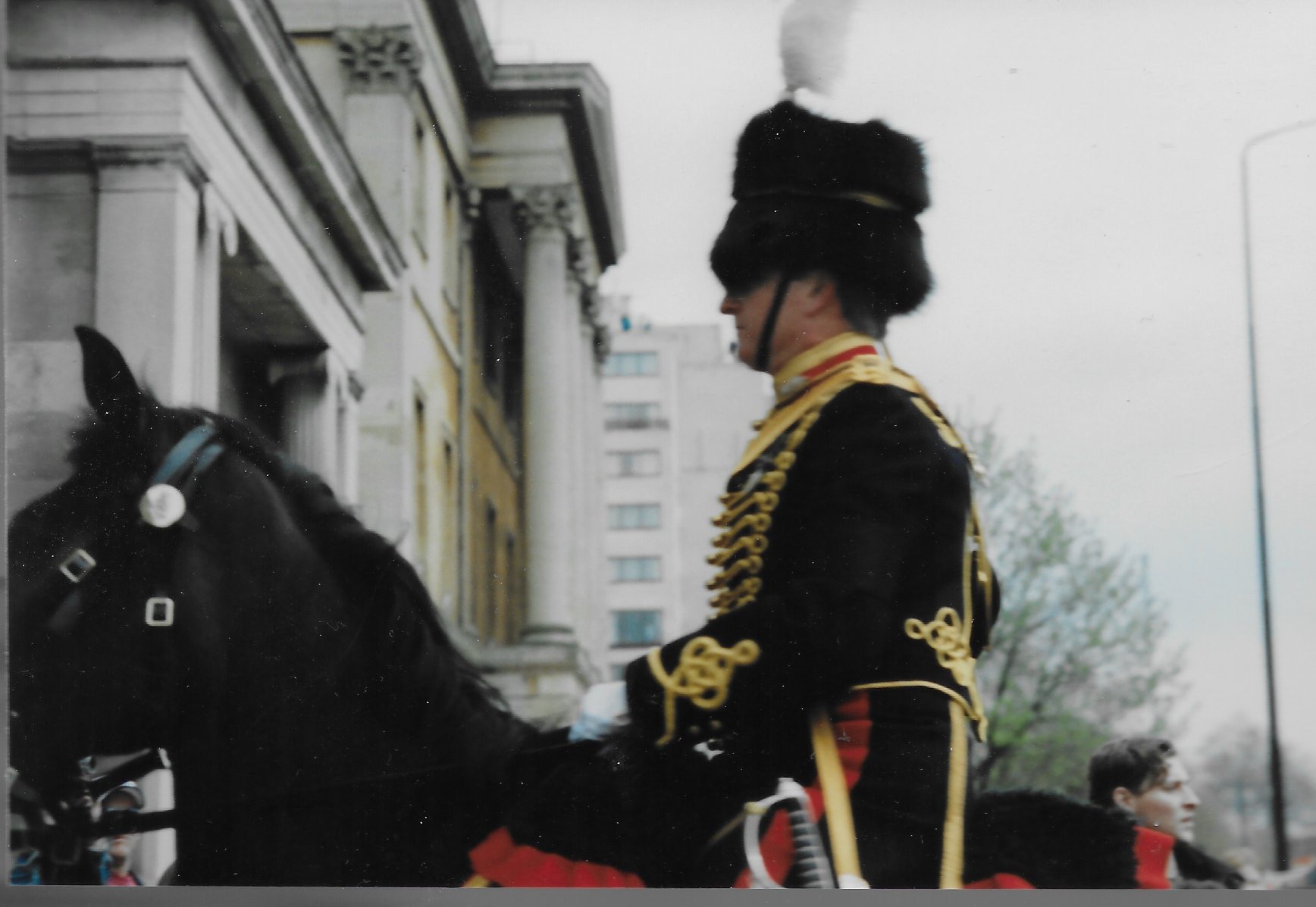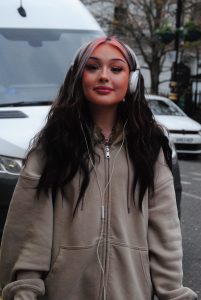All Places in London
A wonderful young lady who allowed me to take this picture—I took it to show you what lovely Ladies London has.
^^^^^^^^^^^^^^^^^^^^^^^^^^^^^^^^^^^^^^^^^
Ok here we go on a planned tour that wasn’t done due to some of the crew felling ill——But I thought somebody might enjoy so here goes one of my unused adventures.
Special Note: This has multiple stuff to see and do in Chelsea & Belgravia—-But it will be impossible to do it all—I would recommend a walk about with just stopping at the top of you list items—- or pick what you want ro see and then take a couple of days (or more) to get to it….its up to you and of course do your own directions as what I have here are basic—may do the directions on your phone and that kind of thing as things change and I might have missed something etc etc.
Chelsea & Belgravia—–London
We had planned to take the underground leaving from our area we can walkfrom our hotel and catch a train from Paddington Station.
I have read that Chelsea has the “character of Knightsbridge and Kensington without their stuffiness.” I might note that both had a high point in the 19th cetury when Cheyne Walk was the location of persons like
Edgar Allen Poe,
George Elliot,
Dante Gabariel Rosseti,
Oscar Wilde,
J.M.W. Turner,
John Singer Sergant
and
James MacNeil Whistler.
But that wasn’t it’s only claim to fame. For in the 50’s and 60’s (of the 1900’s) it’s King Road produced the mini-skirt and punk rock. But today the area now has become a place of wealth and you will find littlle if anything radical there now.
Take the tube to Sloan Square Station
Today we’ll walk about from Thomas Moore to James Bond and walk around and by. We will
have lunch at a place that looks worth a stop.
and dinner around our exploration area or back by our hotel.
Remember to use caution when using walking directions as they may not relect real world conditions
Sloane Square
Named after Hans Sloane (1660 – 1753) who contributed to the Chelsea Physic Garden, invented milk chocolate and help with early development of the British Museum.
Best Things to do in Sloane Square: An Insider’s Area Guide

The Fountain at the middle of the square wasn’t erected till 1953 and is of Venus, The fountain depicts Venus, and on the basin section of the fountain is a relief which depicts King Charles II and his mistress Nell Gwynn by the Thames, which was used in relation to a house located close by that Nell Gwynn had used.
During Parliament (think Puritans) rule of England the theatre was not greatly in favor and prior to Charles II’s reign all parts (no matter the sex) were played by men. Charles was VERY fond of ladies and he encouraged the theaters to use female actors for feminine roles. And the aforementioned Nell was a big part of that —she started as a young girl on the street selling oranges and went on to be an actress, and and not the least was mistress to the king as well as mother to some of his children.
Chelsea in the 18th centuy was one of London’s centers for porcelain making as it had an easy access to the river which was needed due to the damage often done on over land transport.
Head southeast on Holbein Pl toward Whittaker St. 0.1 mi
Several hospitals and former hospitals are known formally or informally as Royal or simply The Royal, indicating some form of royal patronage, such as sponsorship, usage, or creation by royal charter.
Royal Hospital Wikipedia
Turn right onto Pimlico Rd/A3214
223 ft,
In 1681, responding to the need to look after many soldiers, King Charles II issued a Royal Warrant authorizing the building of the Royal Hospital Chelsea to care for those ‘broken by age or war’. Sir Christopher Wren was commissioned to design and erect the building.
The Founding of the Royal Hospital Chelsea
Continue onto Royal Hospital Rd/B302 0.1 mi
The initiative to build this place is said to have come from Nell Gwyn according to Peter Cunningham’s
“The Story of Nell Gwyn” [1851].
Turn left onto Franklins Row–Restricted usage road 59 ft.
Soldiers are eligible to be posted here if they are over 65 and have a history of Army Service.
Continue onto East Rd. Restricted usage Road. 141 ft
The Royal Hospital Chelsea is a retirement home and nursing home for some 300 veterans of the British Army. Founded as an almshouse, which was the ancient word “hospital”, it is a 66-acre (27 ha) site located on Royal Hospital Road in Chelsea.
Turn right Destination will be on the right in 256 ft.
Royal Hospital Chelsea
The Chelsea Pensioners are the iconic faces of the UK’s veteran community. They reside at the Royal Hospital Chelsea, their 326-year-old home founded by King Charles II in the heart of London.
The facility is modeled on Louis XIV Hotel de invalides (Paris) founded 1670 to provide food, lodging and medical care for veterans. The architect as was mentioned earlier was Christopher Wren, who was responsible for the restoration alot of London (especially the churches) after the
Great Fire
–this being his first major secular job (he built St. Paul’s by the way).
His building (The Hospital) was described as almost barracklike simplicity but of great dignity”. The building that you see today was extended between 1809 and 1817 by Sir John Soane—note the Soane’s Stables to the right of the entrance. Robert Adare also added appointments later on.
The men who live here wear red uniforms in the summer and blue in winter.
After seeing the acessiblle areas which include the Museum, Light Horse Court, Figure Court, Heritage Berth, Great Hall, Chapel, Gift Shop, Post Office and Coffee shop.
We will go on to:

When you’ve finish visiting the gardens return to where you originally entered the main builing and contine on the direction you were transversing ( ie: away from the way you came)
Turn right on West Road
Then left on Royal Hospital Road
On the left in the center of the road is a statue of Chales II
The statue of Charles II
was commissioned by Tobias Rustat, who was a member of the court. Grinling Gibbons designed it (1682) at a fee of 500 pound. It was originally in another part of London, only being moved here near the Royal Hospital in (1685).
Annually on 5/29,
Oak Apple Day.
a day of celebration of the
Restoration of Monarchy
in 1660,
the statue is decorated with wreaths of oak leaves.
The story behind the statue
Continue walking and you will come to
The National Army Museum
The entry to this museum and all its exhibitions are free for everyone, and no need to book in advance, Many have been refreshed in the last few years. The galleries showcase many objects from their collections. There are Battle and Society galleries as well.
Once you complete viewing what you’re interest in here—or if it doesn’t interest you
then continue on Royal Hospital
Past a
Gordon Ramsey Restaurant
You will come to
Chelsea Physic Garden
Check site above for cost and hours prior to going there
1923 was the 350 year anniversary
Historic greenhouse and gardens.
When you leave cross over to the oppositeside of the street
When the road forks continue straight ahead on Cheyne Walk
Until Chelsea Embankment was constructed, Cheney Walk was
a pleasant riverside promenade. Now it over looks a busy road that has destroyed much of its charm.
#4 Cheney Walk Blue Plague: George Elliot
George Elliot, who by the way was really Mary Ann Evans, was a Victorian writer and poet who wrote Middlemarch and The Mill on the Floss. She moved here in 1880 but alas after a few weeks at this address past away from a kindney infection.
One of the residents, an Italian doctor named Domenichetti….and this is one of the larger plots on the walk—so the doctor decided to open a Medicinal bath house here where he would get people to come to be cured of several various illnesses. And word is that thousands came here for his cures—unfortunately I can’t find any record of anyone ever really being cured and the opinion on him was “massive fraud”. Oh and this all happened between 1765-1782.

#16 Cheney Walk Blue Plaque: Dante Gabriel Rossetti
This house is famous for being a bit crazy as the home of Dante Gabriel Rossetti for 20 years from 1862. After his wife’s death–reportedly from an overdose on Laudanum. He seems to have gone off the curb after this eating six eggs and 6 kidneys for breakfast (maybe he was really hungery?) and “obsessively” collecting antique furniture (they didn’t define why it was obsessive so no comment). There were also rumors of multiple pets including kangaroos, wombats and armadillos here in the house….but again all I got was rumors and one author questioning how he could have got a kangaroo on the subway.
#10 – 26 Cheney Walk at it’s joining Cheney Mews King Henry VIII Manor House, Memorial Plaque
Although Cheney Walk gets its name from William Cheney, Viscount Newhaven who was the owner of Chelsea Manor until 1712, the first address to be officially built on the road belonged to that king with all the wives that messed with the monasteries—you remember the 8th one—-Henry, I think.
Turn right on Oakley
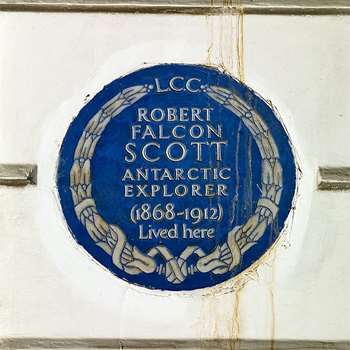
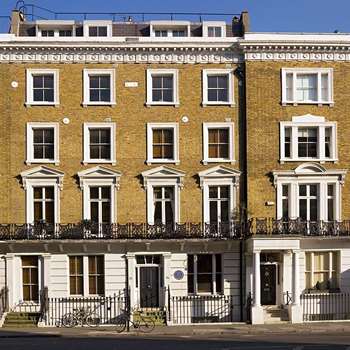
#52 Oakley
Blue Plaque: Robert Falcon Scott Artic Explorer
Continue a bit further north
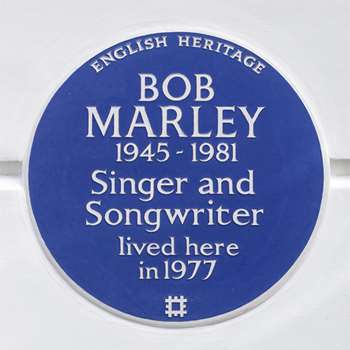
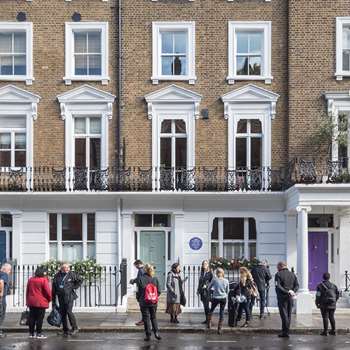
#42 Oakley
Blue Plaque Bob Marley’s House
Bob Marley went to London in 1976 after an attempt was made on his life on his home island of Jamaica. While in London he and his band The Wailers recorded Exodus The LP featured their biggest hits, including ‘Jamming’.
Continue north
Turn left on upper Cheyne Row which continues around the park.
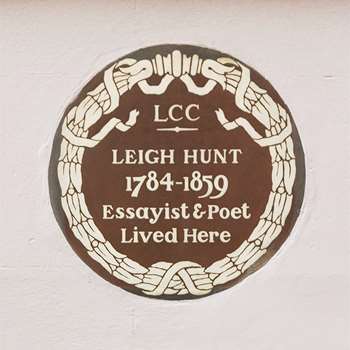
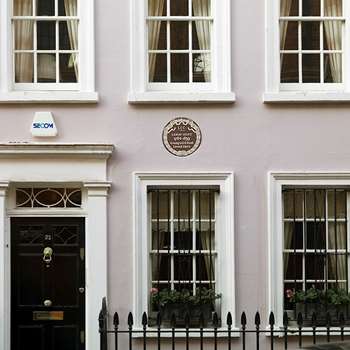
#22 Upper Cheyne Row
Leigh Hunt Plaque
Return to Cheyne Walk
and continue the way we were going before you made the turn
#48 Cheyne Row
Former Home of Mick Jagger
One of the most famous residents to grace Cheyne Walk, Mick Jagger from the Rolling Stones. He was said to have purchased the house in 1968 for £50,000 and lived there with Marianne Faithful.
Mick sold the house in the 70s, but it’s reported that he moved back here more recently purchasing
Isambard KIngdom Brunel’s
former home
Turn right on Cheney Row
Carlyle Mansions
Named in honor of the sage, who lived neaby and is often called “The Writers’ Block”
#19: T.S. Eliot
#21: Henry James and more lived here in this six story apt. building close to the embankment. James who called it “The haunt of the sage and the seagull, died here in 1916.
Continue on Cheney Row
Carlyle’s House Museum
#24 Cheney Row
March to Oct
19th c, 4 story house, now a Victorian museum of furniture and more.
Thomas Carlyle owned house, who gave up a life in the clergy for writing and was called “the Sage of Chelsea.
Moved in here with his wife June in 1834
It became a museum in 1896. offfering a condensed view of Victorian life.
Carlyle was also a historian and founder of the London Library.
He wrote The French Revolution and Frederick the Great considered some of his best works here on Cheney Row. It is said that his presence made the neigborhood more fashionable and guests at his home here included Novelists Charles DIckens,
and Wilson Thackeray,
poet Alfred, Lord Tennison,
naturalist Chares Darwin
and
philosopher John Stuart Mill.
The house is said to look now as it did at that time.
Others that lived here included
Henry James,
T.S. Eliot
and
Ian Fleming.
Turn around and continue along from the way you came
When you get to Cheney Walk continue right
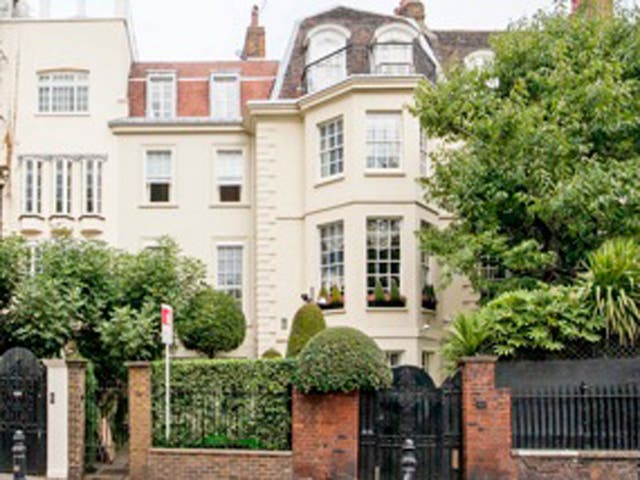
#74 Cheney Walk
James Abbot McNeil Whistler
Whistler was called the Gadfly of Victorian Artists. He reportedly signed his paintings with butterflies. He flunked out of West Point, went on to train in Paris and ended up in London and while there he became friends of the leader of the Pre-Raphaelite Brotherhood, Dante Gabriel Rosseth.
He called modern city life (19th c London) unromantic–possibly influenced by the view of the Thames from this area at this time covered with wharfs and warehouses.
In 1877 he sued an art critic, John Rukin, but the legal fees left him broke and he had to sell this house (which was just completed). He did continue to live in Chelsea for 41 years (1862 – 1903) and 10 differet houses. He spent his time with the likes of Monet,’
Degas,
Toulouse Lautrec
and
Oscar Wilde.
It is assumed that he got his house back because his obituary states he died there.
On the left
Roper Gardens
Small park near Chelsea Old Church, named for Margaret Roper who was
SIr Thomas More’s daughter and her husband William who wrote
More’s biography.
Infact the lands here were a gift from Moore to his daughter and son-in-law at their wedding.
Sir Jacob Epstein, the sculpture worked at a studio on this site (1900 -1916).
There is a stone carving by him commemorating the fact.
The Gardens stand on a former bomb site from 1941.
The gardens were laid out in 1964 with a raised terrace of sheltered seating overlooking the lawn with its shrubbery, flower beds and trees.
Cross over Danvers Street
It is interesting to note that in the 18th century Chelsea had a private madhouse belonging to someone named Dufield which was apparently a private rather than city institution.
